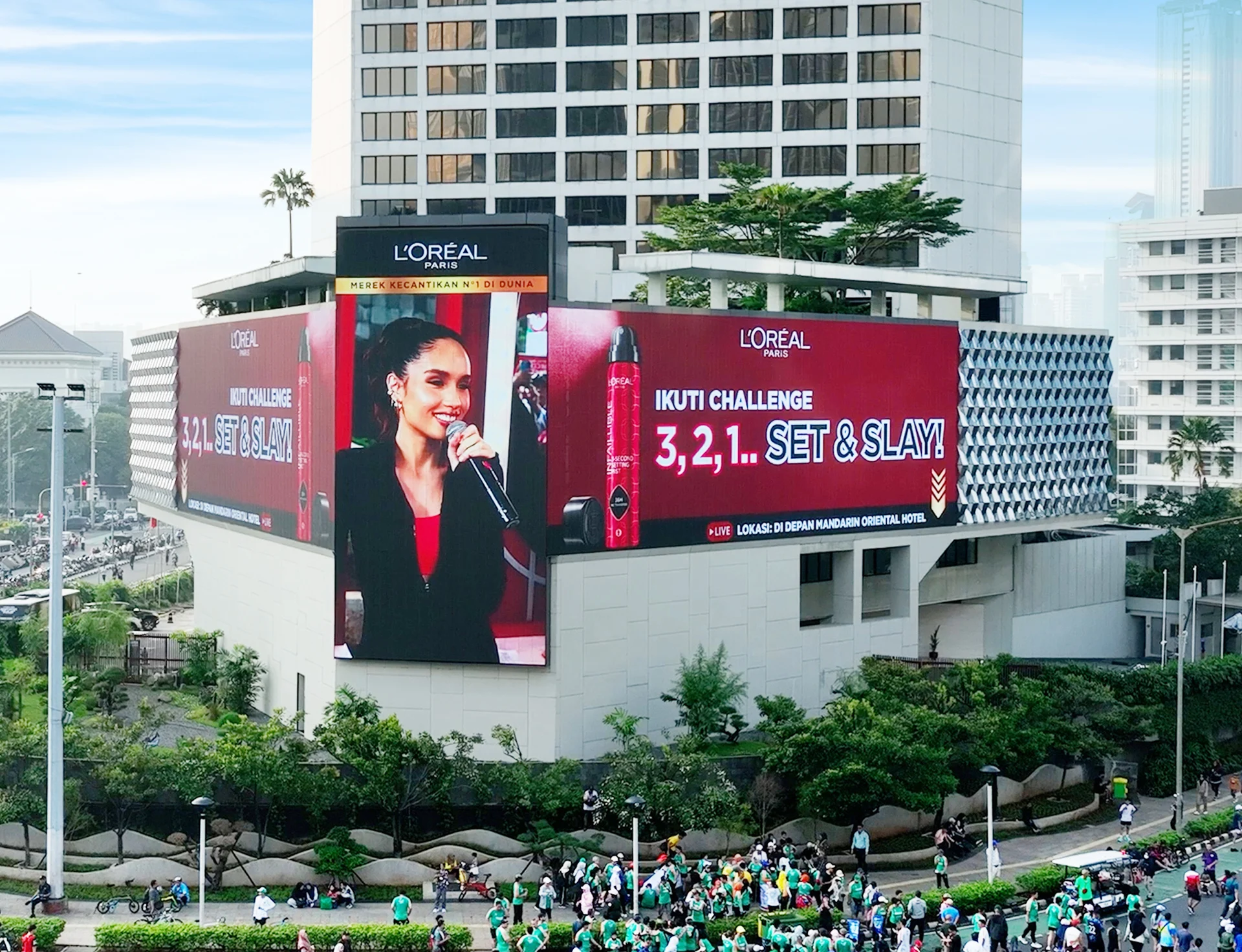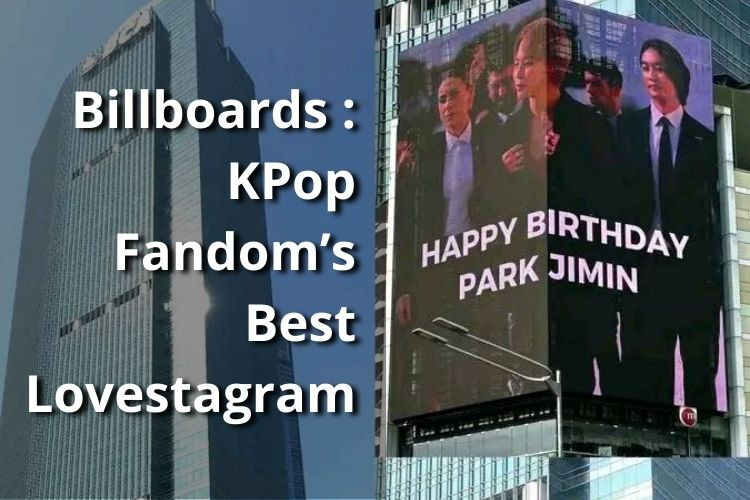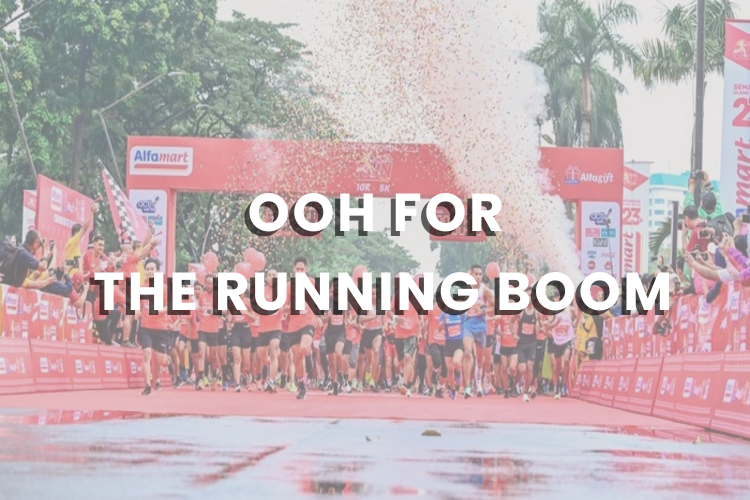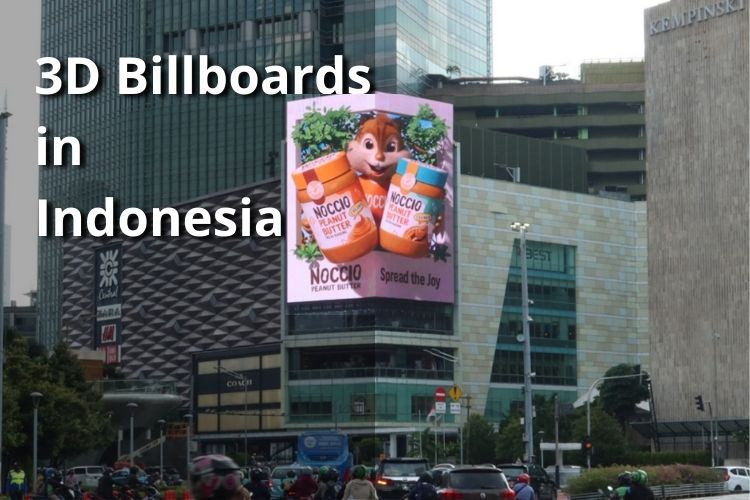Why DOOH Ads Are Taking Over Indonesian Cities
Secret recipe for your best formulation DOOH advertisement? Get it here!
From Static Boards to Digital Spectacles
Take a stroll around Jakarta’s Bundaran HI, and you’ll see what the future of advertising looks like. Towering LED screens curve and twist around buildings, projecting vivid animations, cinematic ads, and even interactive campaigns. These giant digital billboards—often referred to as “The Curved” or “The Ribbon”—have turned the intersection into a visual landmark, not unlike Times Square in New York or Shibuya in Tokyo.
This dramatic shift in the city’s visual identity reflects a nationwide trend: the rise of Digital Out-of-Home (DOOH) advertising. Once dominated by static billboards and banners, Indonesia’s streets are now lined with high-definition screens that deliver real-time, dynamic content. But the story of how this transformation came about isn’t just about technology or creativity—it’s also about regulation.
How Regulation Sparked a New Era
In 2015, the Jakarta Provincial Government introduced Governor Regulation No. 224/2015 on Outdoor Advertising, which imposed stricter controls on billboard placement and formats. The regulation sought to reduce visual clutter, improve safety, and bring order to what had become a chaotic advertising landscape.
Large, unregulated billboards were taken down, and the number of permitted advertising spots was cut back. At first glance, it seemed like this would shrink the out-of-home advertising market. But instead, it became the catalyst for a digital revolution.
Advertisers and media operators realized that if they had fewer spaces to work with, each one needed to be more impactful. That’s when digital screens began to replace traditional static boards—screens that could run multiple ads in rotation, display real-time updates, and deliver far more creativity within the same space.
A Cleaner Skyline, a Brighter Canvas
The effect was immediate. Jakarta’s skyline, once crowded with overlapping billboards, started to look cleaner. Instead of dozens of static posters competing for attention, a handful of high-quality digital boards now dominated key intersections and highways.
These new DOOH formats didn’t just comply with regulation—they thrived because of it. Advertisers gained the ability to run multiple campaigns on a single screen, update messages instantly, and even tailor content to specific times of day. A morning commuter might see a coffee ad on their way to work, while in the evening the same screen switches to food delivery promotions.
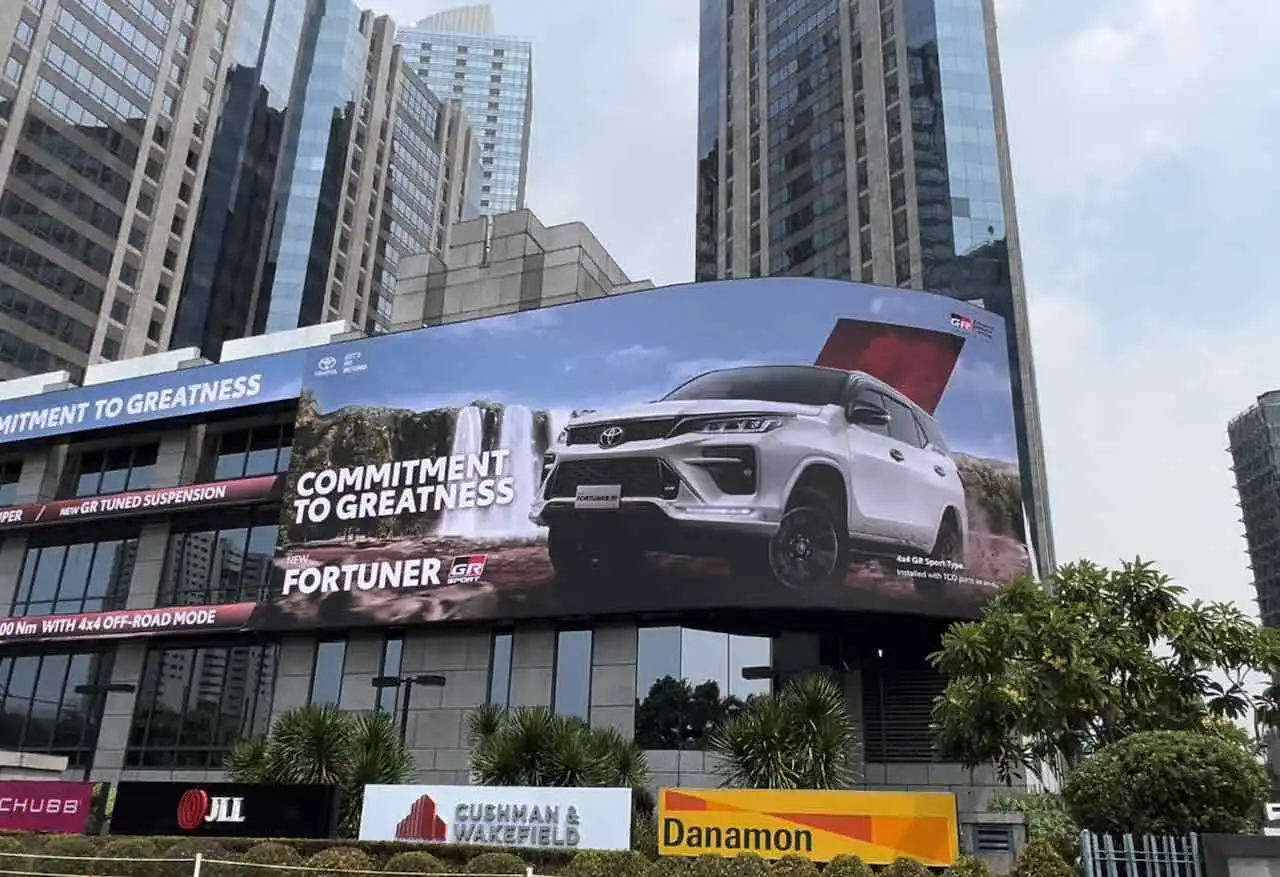
Jakarta’s Urban Pulse Meets DOOH
Jakarta’s evolving infrastructure has made DOOH even more relevant. New public transport systems like the MRT and LRT, along with the already massive Transjakarta network, have created prime opportunities for digital signage.
At Transjakarta shelters, for instance, screens now display ads that can adjust based on context. When rain starts pouring, passengers might suddenly see ads for umbrellas or hot drinks. During peak rush hours, transportation apps or e-wallets promoting cashless payments dominate the screens. This kind of contextual advertising not only grabs attention but also feels relevant to daily life in the city.
Shopping centers have also embraced the trend. In Grand Indonesia or Senayan City, large digital panels cycle through campaigns for fashion brands, tech products, and lifestyle services. Instead of posters that stay static for weeks, brands can rotate creative assets quickly, keeping the shopping experience fresh and engaging.
Campaigns That Show the Power of DOOH
Some recent campaigns highlight why DOOH has become so effective:
A well-known bottled water brand used DOOH during the Citayam Fashion Week phenomenon. Their ads changed depending on the weather—encouraging people to stay hydrated under the sun or reminding them of freshness on cloudy days. The campaign reached over a million people and generated millions of impressions in just a short span.
A food-tech startup launched a campaign across Jakarta’s busiest Videotron screens. By leveraging bright visuals and high-traffic locations, they created a massive awareness push that would have been impossible with static posters alone.
These stories show how DOOH allows brands to tap into cultural moments, use dynamic creative, and engage audiences in real time—something traditional outdoor ads could never achieve.
The Market Momentum
The growth of DOOH in Indonesia has been rapid. Industry data shows that the market has been expanding at over 60% annually in recent years, with Greater Jakarta generating nearly 30 million daily digital impressions.
Several factors explain this surge:
- Urban infrastructure: New transport and commercial hubs keep creating fresh spaces for digital screens.
- Tech integration: With Indonesia’s mobile-first population, DOOH easily links with QR codes, NFC, and mobile activations.
- Efficiency and flexibility: A single screen can host multiple advertisers, making campaigns more cost-effective and easier to rotate.
- Data and measurability: With programmatic buying and AI-driven targeting, DOOH has become as accountable as online ads.
Regulation as a Catalyst, Not a Barrier
What’s striking is how much regulation shaped this transformation. The Governor Regulation No. 224/2015 could have been seen as a restriction, but instead it cleaned up the city’s visual clutter and forced innovation. With fewer but higher-quality sites, the value of each advertising space increased, driving investment in digital formats.
The regulation also ensured that advertising didn’t overwhelm the city but instead blended more seamlessly into Jakarta’s modern urban identity. Now, rather than competing with dozens of messy banners, advertisers shine brighter on streamlined, dynamic canvases.
Looking Ahead
Jakarta may have led the charge, but other cities like Surabaya, Bandung, and Medan are beginning to follow. Digital screens are popping up in malls, airports, and busy urban corridors. The next phase will likely see even more interactive DOOH—augmented reality activations, real-time social media integrations, and AI-driven contextual ads.
For brands, this is both an opportunity and a challenge. DOOH isn’t just about visibility anymore—it’s about relevance, creativity, and timing. For audiences, it means a city landscape that feels more alive and engaging, without being overwhelmed by clutter.
DOOH is no longer just a billboard—it’s a dynamic stage where brands meet people in real time, shaping the rhythm of Indonesia’s cities.
The rise of DOOH in Indonesia is a story of adaptation. What began as a response to tough regulation has grown into one of the most exciting advertising shifts in the country’s history.
From Bundaran HI’s dazzling LED landmarks to contextual ads at bus shelters, DOOH is reshaping how Indonesians experience brands in their everyday lives. Regulation didn’t kill outdoor advertising—it modernized it. And in doing so, it turned Jakarta into a canvas where technology, creativity, and urban life meet.
If your brand is ready to be part of this transformation and claim its spot on Indonesia’s brightest stages, contact us now! We’ll help you plan, launch, and scale your DOOH campaigns quickly, cost-effectively, and in the most strategic locations across Indonesia and Southeast Asia.
Picture Credits: Adsqoo, 8Infini, Lestari Ads

